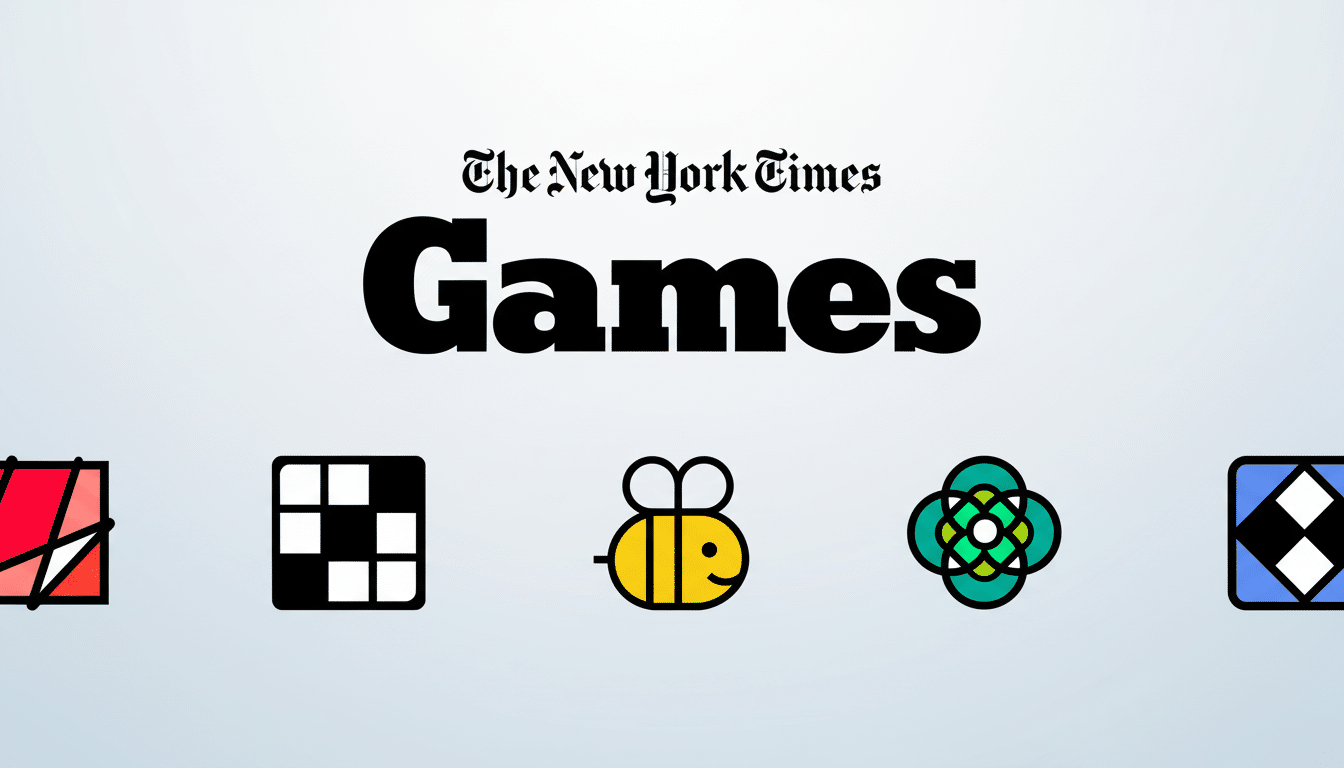Wordle just had a social spin added to it. The New York Times has added a Create Your Own Wordle Puzzle feature that allows readers to create their own Wordles and share them with friends, introducing a new way to enjoy some fun competition beyond just the one daily puzzle.
What’s New in the Feature and Who It’s Designed For
The new feature enables NYT Games or All Access subscribers to create customized puzzles featuring any four- to seven-letter answer. Creators can include a display name and an optional hint for their audience. Every puzzle also comes with a shareable link, so that anyone can jump in and play without a subscription.

The Times acquired Wordle in 2022 and has slowly added it to its Games ecosystem, which includes the Crossword, Spelling Bee, and Connections.
By enabling players to be the puzzle makers, Wordle transcends a purely daily ritual and serves as a serviceably lightweight social platform for custom word challenges.
How to Make and Share Custom Wordle Puzzles Easily
In the NYT Games app on iOS or Android — or online — find the Create+ option next to Wordle. Select Create puzzle, add your solution word as well as a title and answer clue if you wish. Tap to confirm, and you’ll get a link to share on the messaging or social apps of your choice.
There are guardrails: the answer must be in the game’s official word list, which keeps out things that are too obscure or profane and gets rid of, for example, entries so difficult they would appear only once in 10 years. This also means cheeky words may not make the cut if they don’t belong in the NYT Games lexicon.
Why This Matters for Wordle and NYT Games
Wordle has always been at its magical best as a shared experience — everyone solving the same puzzle, then comparing notes with the same checked grid. The Times has observed the massive size of that social sharing and, by adding user-made challenges, formalizes behavior that already flourished in group chats and Slack channels.
This is a classic user-generated content loop from a product perspective. Casual games featuring social and UGC elements have stronger retention and session frequency than ones that do not, according to analytics firms such as Sensor Tower. It’s not bad, as ways to keep Wordle fresh go, and it does get the game’s subscribers to recruit non-subscribers into the ecosystem.

It is also in line with the publisher’s larger plans. The New York Times Company has attributed to Games significant subscriber growth in recent earnings calls, and Wordle has served as an on-ramp for new audiences again and again. By giving creators a lightweight tool to make content, the threshold lowers while organic reach multiplies.
How Restrictions Ensure Safety and Fair Play
Demanding words from the approved list protects players against unsolvable or inappropriate entries and pushes all play closer to classic Wordle than open-ended word jumbles. By maxing out at seven letters and then back down to four, the answers stay mixed up enough to not become bland but also don’t stretch the mechanic too thin.
Creators can use a screen name instead of a real one, and the optional clue is useful for calibrating difficulty. Because you share puzzles through links, you determine where they go — perfect for private groups, classrooms, or team chats.
Smart Uses Beyond Bragging Rights for Custom Puzzles
Teachers can create vocabulary sets that correspond with a lesson. Managers can easily create brief icebreakers for remote standups. Families can celebrate inside jokes or a special achievement with their own word and hint. Sports fans can use rosters and tactics to theme puzzles around. The idea is simple: Take a familiar five-guess rhythm and personalize it.
Pro Tips for Building Fair, Fun Wordle Challenges
Pick the ordinary letters to take chance out of the equation. In English, E, A, R, O, T, L, S, and N are common letters that will sometimes spike frustration or be happily expected. Stay away from proper nouns and acronyms, and even if you do include them, provide a clue that is not obvious but also isn’t blatantly giving away the answer. If you’d like medium difficulty, try to think of a word that features both vowels and consonants, an equal mix if possible, with just a few repeated letters.
For a group at more than one level, begin with answers of five letters and on-topic nudges. Save harder constructions — double letters, obscure consonants, or seven-letter answers — for rematches, when the team is warmed up.
Wordle’s new creator tool is not so much a replacement for the daily puzzle as it is an explosion outward from — and enhancement of — the culture already surrounding it. For a game that ended up breaking out into a worldwide habit on the basis of being simple and social, it seems only fitting to grant players the keys to designing and sharing their own exercises.

